The Only Guide You’ll Ever Need for Different Types of Apartments in NYC
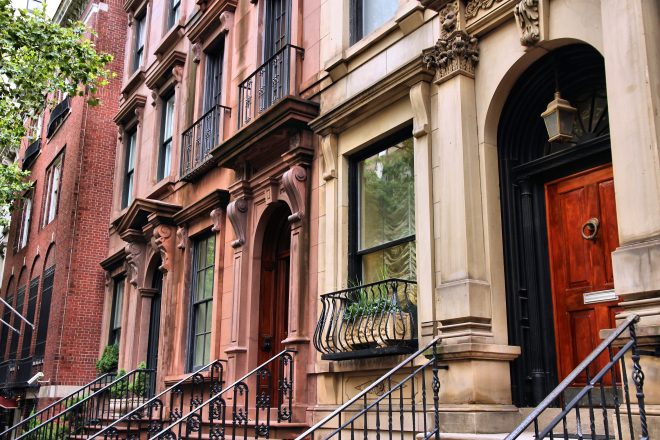
New York City real estate is difficult to navigate. With so many different types of apartments in NYC, financial requirements, and complicated terminology–it’s hard for one person to remember it all. Well, now you don’t have to. Here’s a guide to the different types of apartments in NYC; something you can refer to during your current search–and the many more to follow.
Table of Contents
A List of Different Types of Apartments in NYC
 Let’s Start Small. What is a Studio Apartment?
Let’s Start Small. What is a Studio Apartment?
A studio apartment is the classic college student’s dream, with one large room that functions as both a bedroom, a living area, and a kitchen. The bathroom is typically attached to the apartment, although sometimes it’s shared with other units. On occasion, there is a communal bathroom–used by many similar studio apartments on a given floor.
Typically, a studio apartment starts at around four hundred square feet, although it can be larger or smaller. Studio apartments are a popular choice for those living alone and, while the space may not be plentiful, furniture can be laid out in many strategic ways to create the illusion of larger living quarters.
Some studio apartments, such as the ‘alcove’ variation, have extra nooks of space perfect for placing a desk or additional mattress. In these studios, some renters opt to have a roommate. Although, standardly, most studios are intended to be inhabited by just one resident. Without barrier walls, the studio apartment truly creates no boundaries between where you eat, sleep, and live. For some–this is appealing. For others, it is not.
Here is a guide for living in a studio apartment, that’ll help you make the most of your space and keep order in your home.
And Yes, it is Possible to go Even Smaller: Introducing the Micro-Apartment
Micro units are relatively new; introduced to the market in 2016 when the minimum size for an apartment was lowered beneath 400 square feet. These small apartments tend to be between 100 and 350 square feet with a sitting area, sleeping area, kitchen and bathroom. Similar to a studio, these spaces tend to have one large room which accommodates all the purposes listed above. What sets them apart is simply their size, which is smaller than ever listed before.
Micro apartments tend to be cheaper than standard studios, and are a way for renters to live in a more expensive neighborhood on a tighter budget–simply by sacrificing space.
There are some things to consider when purchasing a micro apartment. Does the space have high ceilings? Is there natural light? What about a patio or balcony? Any number of these options can make the space feel less suffocating–and more open, charming, and worth the rent.
The True One-Bedroom
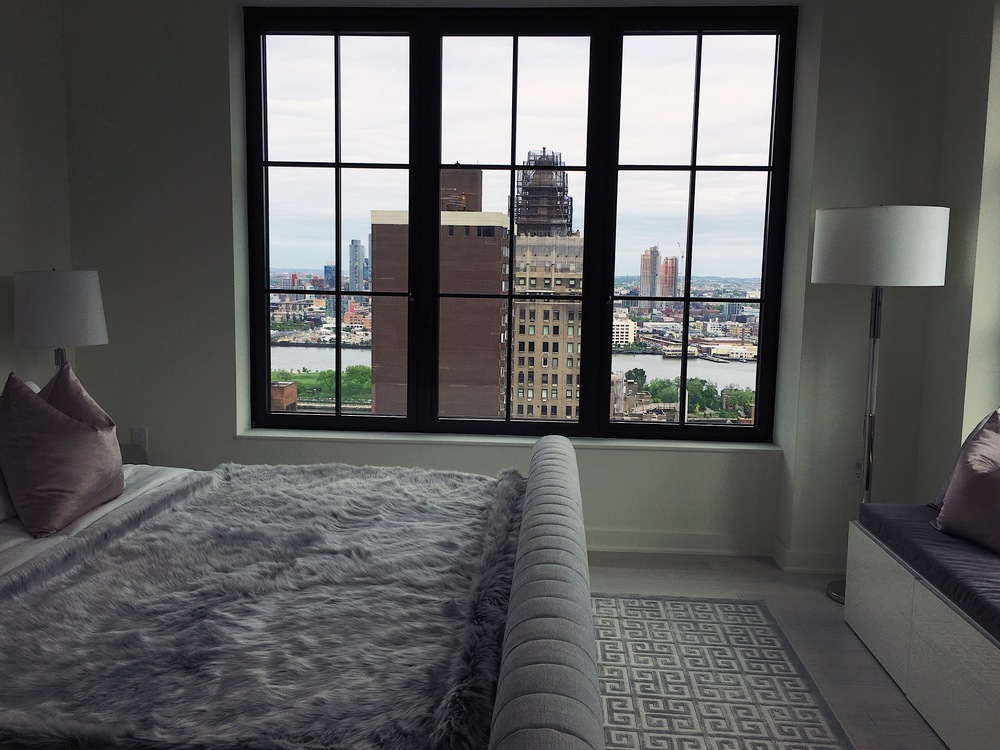
The true one-bedroom apartment has two distinct rooms, with a wall that divides the sleeping area from your living room. True one-bedrooms have requirements for the smaller room to qualify as a ‘bedroom’ at all. There is typically a bathroom in the unit, as well. The sleeping space must have a window, being about eight feet in width and height.
Building codes regarding ‘true’ bedrooms were most recently changed in 2014. They are subject to do so, again.
These distinctions are true of any apartment, regardless of their bedroom count. A bedroom must reach such requirements to be considered one at all. While they vary in size, one-bedroom apartments are a great choice for a single resident who is not drawn to the layout of a studio. Here are some recent one bedroom listings.
The Loft Apartment
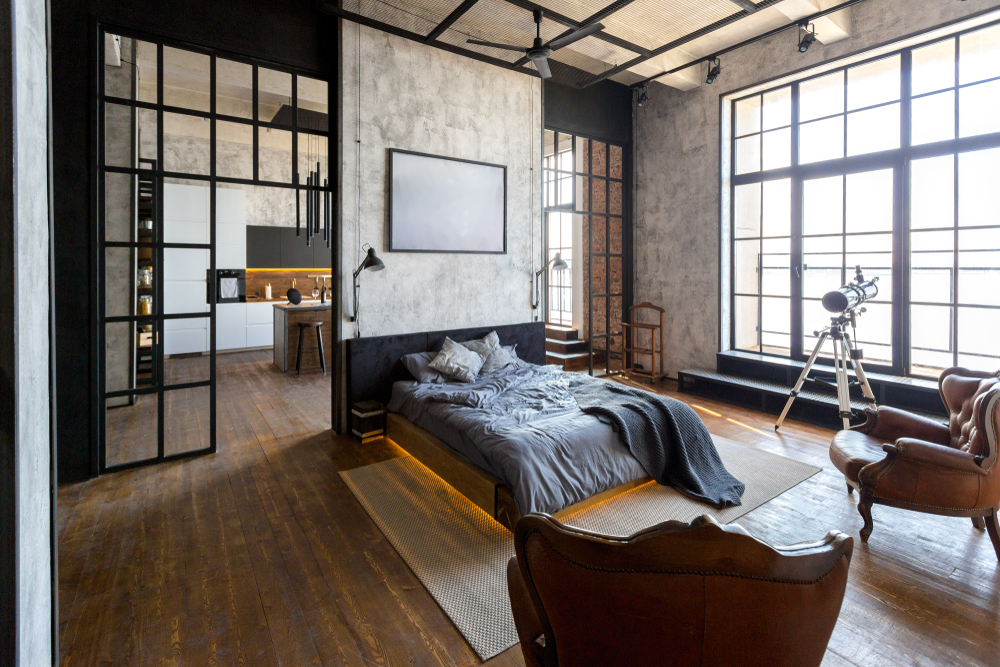
A loft apartment is similar to a studio in many ways, with one open space lacking any outlined structure. The only separated space in a loft apartment is the bathroom. What makes a loft unique was its original purpose. Lofts were once commercial or industrial spaces that have been converted for residential use. These spaces are typically large, with big open windows and high ceilings.
Of all the different types of apartments in NYC, lofts are the ones most typically associated with artists, who use the ample space to work on their current creative endeavors. However, a loft apartment is for anyone. Loft apartments gained popularity in the 60s and 70s, when big commercial spaces were left neglected with no proper use. These were then converted into apartments, to be rented out or even transformed into condos. In Manhattan, lofts are often located in areas such as Tribeca, Soho, Union Square, Chelsea, and the Flatiron district (among others).
A loft apartment is another great option for individual or communal living, with an open and airy floor plan that is appealing to many.
Here’s a how-to for decorating your loft.
What about a ‘Junior One’ Apartment?
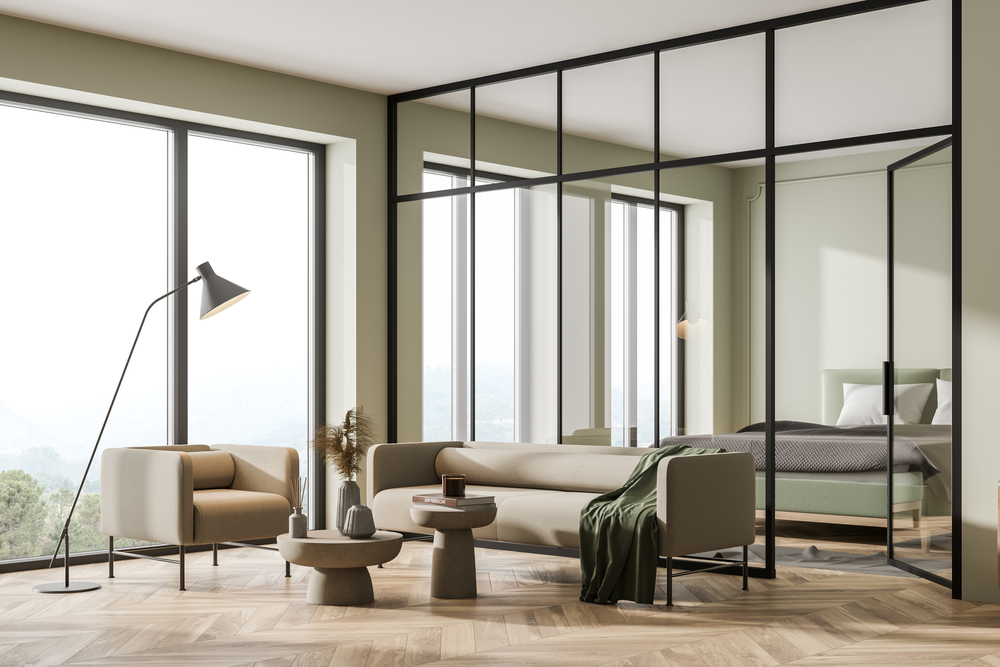
A junior one apartment is often confused for a studio or the ‘true’ one-bedroom alternative. Technically, it was a studio with space that’s been modified into an additional room. To do so, walls have been installed to segment out the once open apartment.
Alcove studios, mentioned above, are often the original layout of what are now ‘junior-one’ apartments. Since there is already an obvious division of space, walls are built where the ‘alcove’ once existed. Junior one bedrooms are intended for one resident, and are a decent choice for those looking for cost-effective apartments that aren’t a studio.
Another Option: The ‘Junior Four’ Apartment
Junior four apartments are one bedrooms that have been modified to have four distinct rooms, as opposed to two. Typically, these rooms are a living room, a kitchen, a bedroom, and a dining area.
Sometimes, junior fours are listed as two-bedrooms, where one of the rooms listed above is instead converted into an additional sleeping space. However, it’s always important to note that if the second bedroom does not meet the requirements of a ‘true’ sleeping space–it cannot technically be marketed as a two-bedroom at all.
Still, this is another great option for those interested in living with a more structured layout than a studio.
Walk-Up Apartments
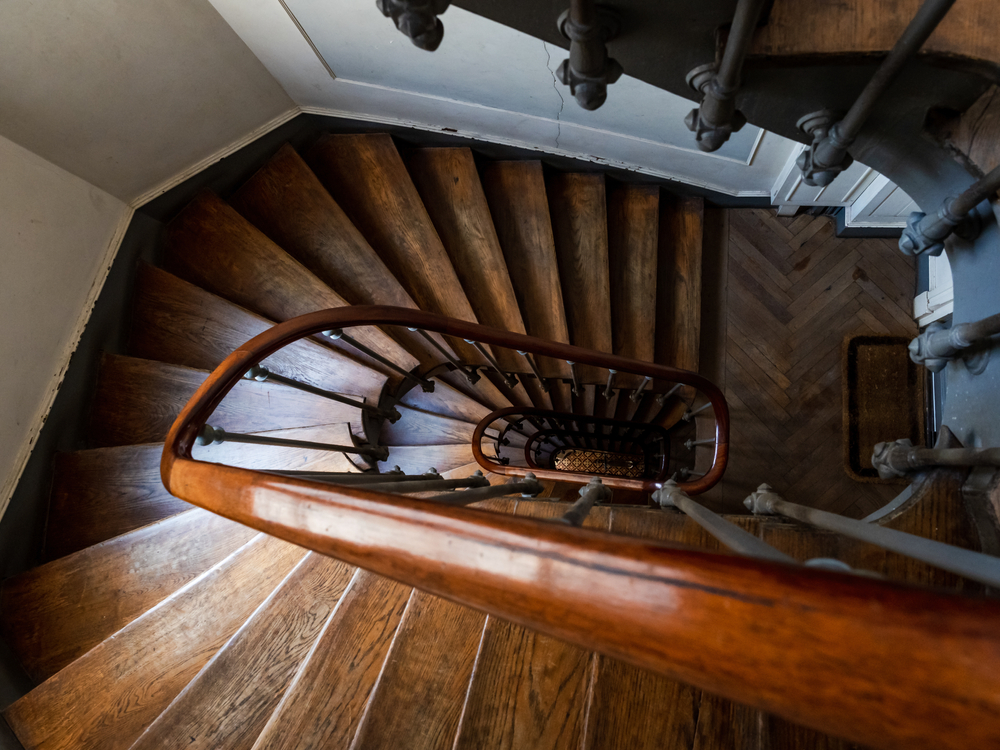
The meaning of a ‘walk-up’ apartment is in the name. Essentially, it’s an apartment building with no elevator access. To ensure accessibility, these apartments can be no more than six floors in height. Any building with more must have an elevator to be up to code. Using StreetEasy, it’s simple to avoid walk-up apartments. Simply filter in a need for an elevator in your search settings.
For those willing to take the hike, there’s many walk-up options available throughout NYC.
Penthouse Apartments
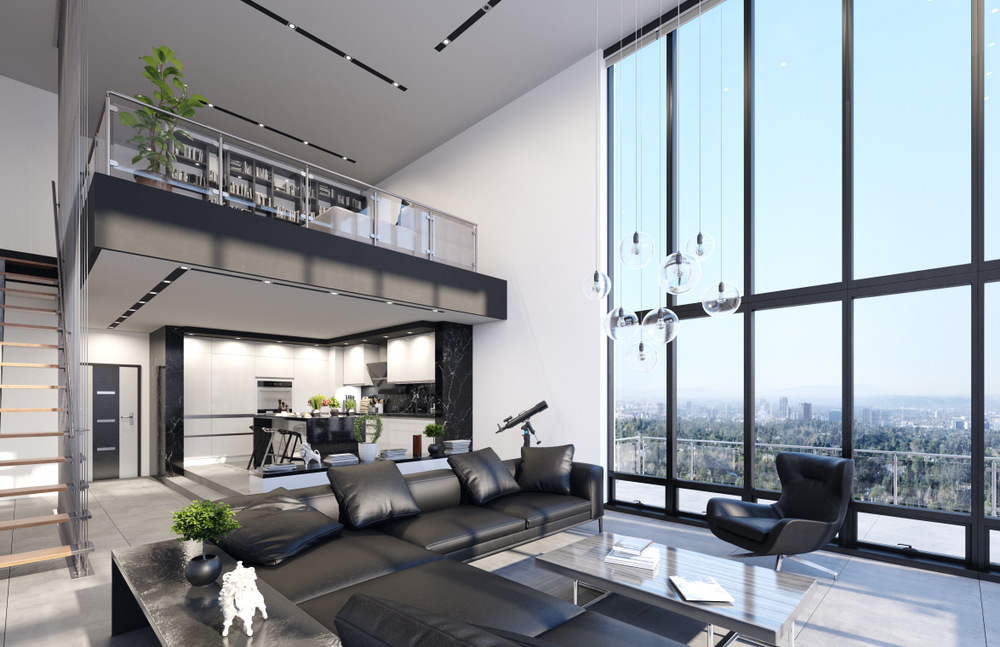
A penthouse unit is on or near the top floor of an apartment complex. They’re typically expensive, but provide many amenities that justify the cost and are among the most sought after types of apartments in NYC.
Penthouses are synonymous with luxury, often having gorgeous terrace areas with stellar views. Sometimes they have a private elevator, which opens directly into the unit. However there is always elevator access, regardless.
In the past, a penthouse had to be on the top floor to be considered one at all. Nowadays, a penthouse suite simply has to be located relatively high up with more space than alternative units in the building.
The ‘Classic Six’ Apartment Unit
The Classic Six apartment unit is a pre-war unit (we’ll get into that in a moment) with six individual rooms. This is six actual rooms, distinctly different and walled out from each other. Typically, a Classic Six includes a dining room, a living room, two standard bedrooms, and a maid’s room. Typically, these apartments have two separate bathrooms (although, as always, they are not included in the six.) Classic Six apartments tend to have spacious rooms and high ceilings and are often found in the Upper West and East Sides of Manhattan.
What’s a Pre-War Apartment?

A pre-war apartment simply means the complex was built before World War II. They have a lot of signature features, such as patterned floors, crown molding, and plaster. Pre-war apartments are a popular choice due to their unique and charming feel.
Railroad Apartments
This type of apartment is named after railroad cars, for its layout alone. Every room lines up and must be walked through to get to the next. A normal railroad apartment has its living room, kitchen, and other areas sandwiched between two bedrooms. It’s a unique and often appealing layout that makes maximum use of your space.
Duplex Apartments
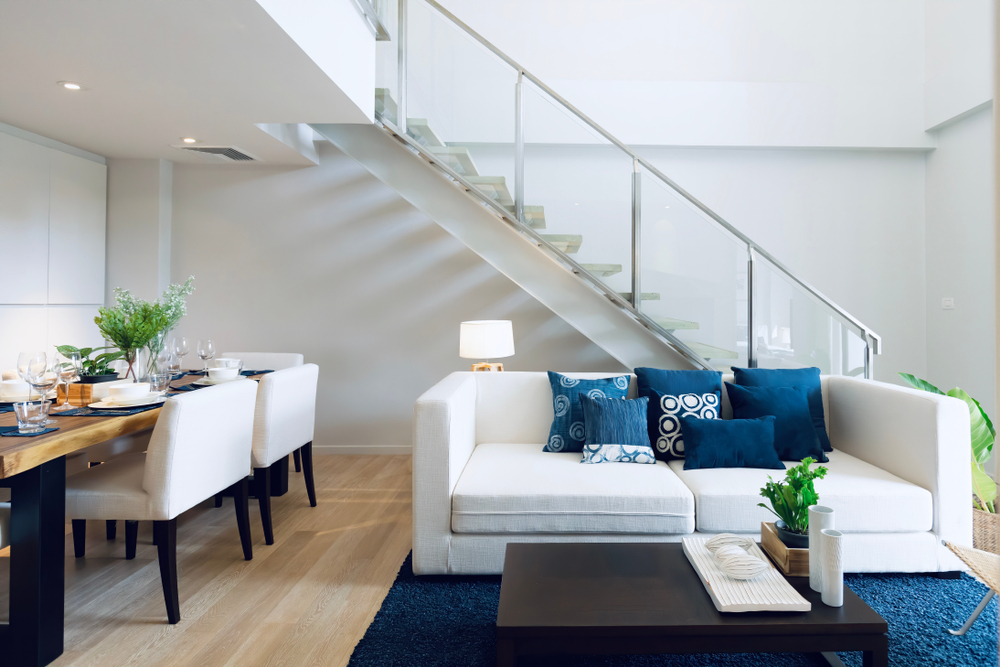
Duplex apartments span two separate floors, mimicking the look of a house in one single-dwelling apartment unit with stairs that typically lead to bedrooms and a main floor with the living areas and kitchen. Sometimes duplex apartments are also known as maisonettes. Triplex apartments, as the name suggests, span three entire floors.
Floor-Through Apartments
Floor-through apartments simply mean the entire dwelling spans a complete floor of the apartment complex it’s in. It has no specific layout, and is worth noting as it’s one of the more spacious units available in NYC and has multiple exposures.
Co-Op Apartments
In co-op apartments, you don’t own/rent a particular unit but rather own shares of the co-op that owns the building. The process of purchasing a co-op can be tough, but often comes with added financial security and the peace of mind of living in a well-run building managed by the people who care the most — the ones dwelling in it!
Garden Apartments

Garden apartments are located on the ground level, with direct access to a backyard or patio space. They tend to be one-bedrooms, located on tree-lined streets in areas like Brooklyn or Harlem.
To Conclude
While there are other terms to know, this is a comprehensive list of the most common apartment types in NYC. Hopefully this’ll help with your current apartment hunt, and make the complicated process just a bit easier. Hey, isn’t that all we can hope for?
Start searching for your own NYC place today!
- Categories:
